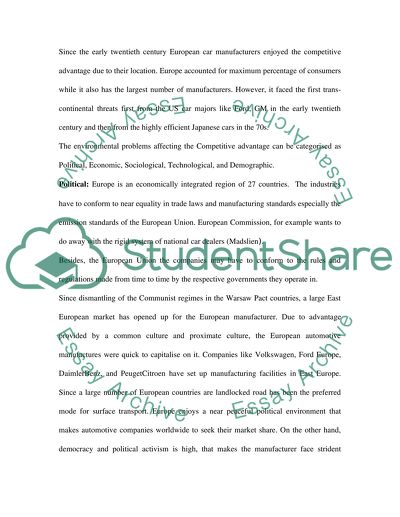Cite this document
(“The Major General Environment Developments that Impinge Upon the Europ Essay”, n.d.)
The Major General Environment Developments that Impinge Upon the Europ Essay. Retrieved from https://studentshare.org/environmental-studies/1543945-the-european-global-automotive-industry
The Major General Environment Developments that Impinge Upon the Europ Essay. Retrieved from https://studentshare.org/environmental-studies/1543945-the-european-global-automotive-industry
(The Major General Environment Developments That Impinge Upon the Europ Essay)
The Major General Environment Developments That Impinge Upon the Europ Essay. https://studentshare.org/environmental-studies/1543945-the-european-global-automotive-industry.
The Major General Environment Developments That Impinge Upon the Europ Essay. https://studentshare.org/environmental-studies/1543945-the-european-global-automotive-industry.
“The Major General Environment Developments That Impinge Upon the Europ Essay”, n.d. https://studentshare.org/environmental-studies/1543945-the-european-global-automotive-industry.


